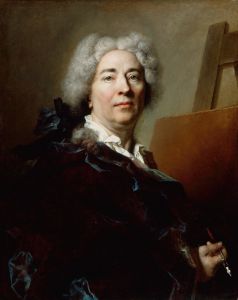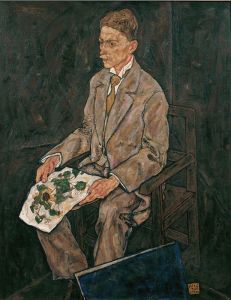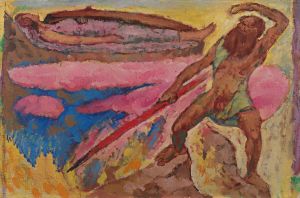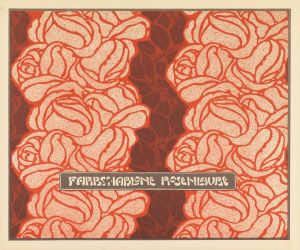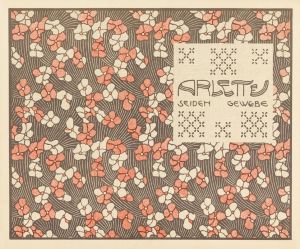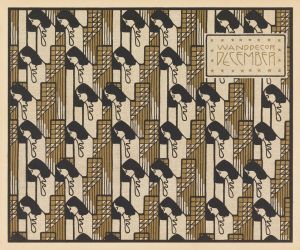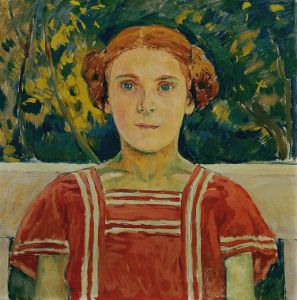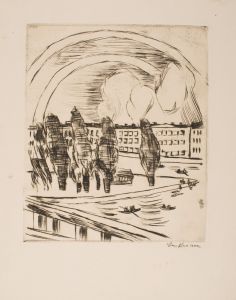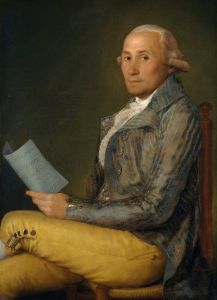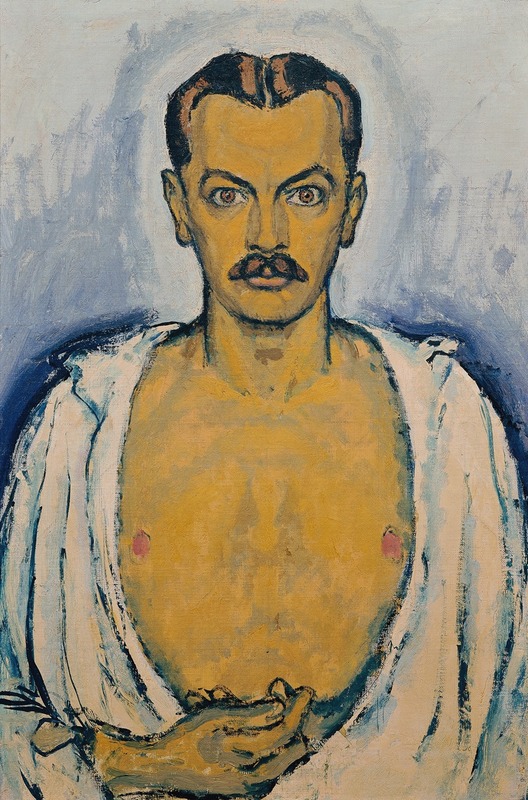
Selbstporträt
A hand-painted replica of Koloman Moser’s masterpiece Selbstporträt, meticulously crafted by professional artists to capture the true essence of the original. Each piece is created with museum-quality canvas and rare mineral pigments, carefully painted by experienced artists with delicate brushstrokes and rich, layered colors to perfectly recreate the texture of the original artwork. Unlike machine-printed reproductions, this hand-painted version brings the painting to life, infused with the artist’s emotions and skill in every stroke. Whether for personal collection or home decoration, it instantly elevates the artistic atmosphere of any space.
Koloman Moser (1868–1918) was an Austrian artist and designer, widely recognized as one of the leading figures of the Vienna Secession movement and a co-founder of the Wiener Werkstätte, a cooperative of artists and craftsmen dedicated to elevating the quality of decorative arts. Among his diverse body of work, Moser created paintings, graphic designs, furniture, textiles, and other applied arts. One of his notable works is his self-portrait, titled "Selbstporträt."
"Selbstporträt" is a painting that reflects Moser's artistic style and his engagement with the aesthetics of the Vienna Secession. The work is characterized by its meticulous attention to detail, balanced composition, and a focus on the interplay between form and color. Moser's self-portrait captures his likeness with a sense of introspection, presenting him in a formal and composed manner. The painting demonstrates his interest in combining traditional portraiture techniques with the modernist sensibilities of his time.
The Vienna Secession, founded in 1897, was a movement that sought to break away from the conservative artistic traditions of the Austrian Academy. Moser, along with contemporaries such as Gustav Klimt and Josef Hoffmann, played a pivotal role in shaping the movement's ideals. The Secessionists emphasized innovation, individuality, and the integration of fine and applied arts. Moser's self-portrait can be seen as a reflection of these principles, showcasing his ability to merge personal expression with the stylistic elements of the movement.
While "Selbstporträt" is not as widely discussed or reproduced as some of Moser's other works, it remains an important piece within his oeuvre. It offers insight into his artistic identity and his role within the cultural and artistic developments of early 20th-century Vienna. The painting is also significant for its contribution to the broader narrative of modern art, illustrating the ways in which artists of the period sought to redefine traditional genres and explore new modes of self-representation.
Koloman Moser's legacy extends beyond his paintings to his groundbreaking work in design and his influence on the development of modern art and design in Austria. His self-portrait serves as a testament to his multifaceted talent and his commitment to artistic innovation. Today, Moser's works, including "Selbstporträt," are celebrated for their historical and artistic significance, and they continue to be studied and appreciated by art historians and enthusiasts alike.





